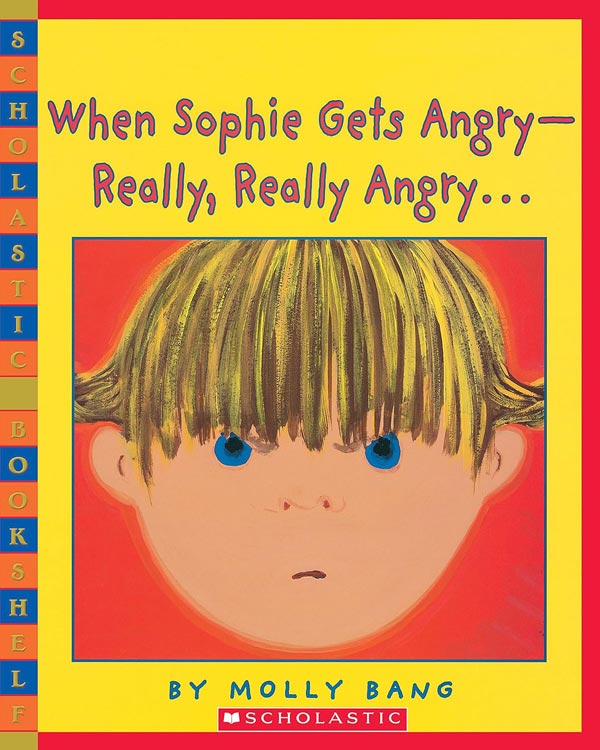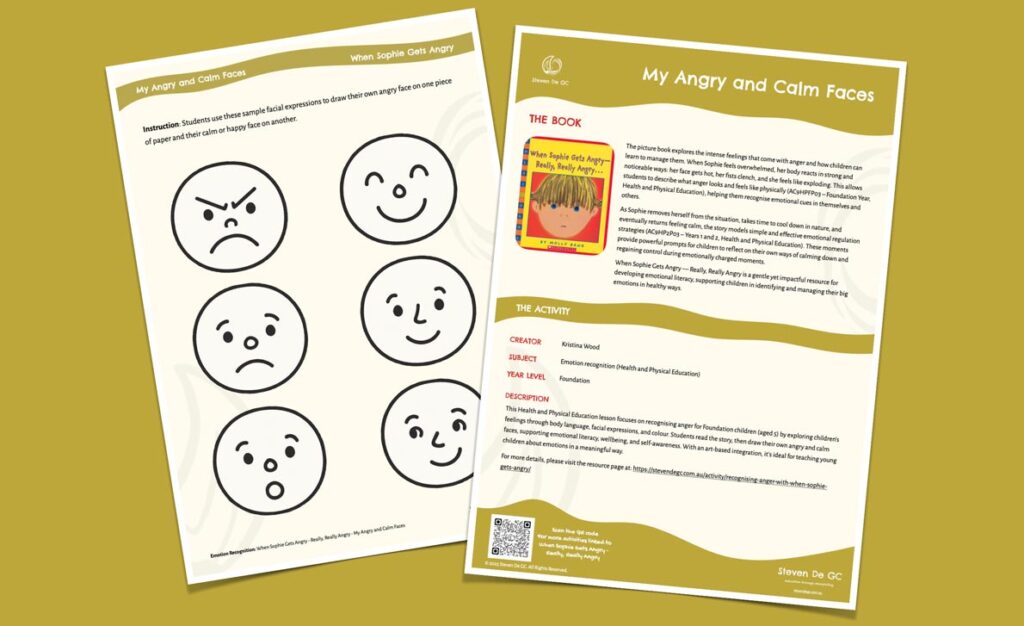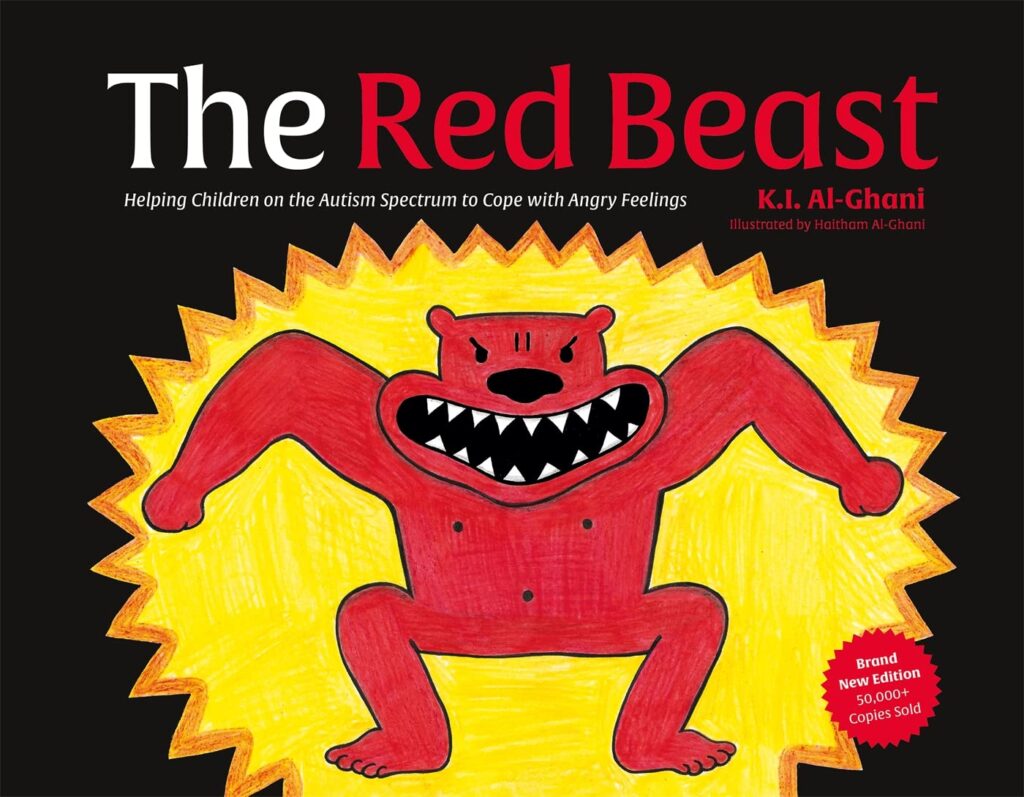When Sophie Gets Angry – Really, Really Angry is a vivid and emotionally honest picture book that helps children recognise the physical and emotional signs of anger. Through bold illustrations and relatable storytelling, it opens up valuable conversations about emotional regulation and mindful strategies for calming down.
Health and Physical Education
- AC9HPFP03: This book powerfully supports students to recognise how emotions influence their behaviour and how they can identify emotional responses in themselves and others. Through Sophie’s intense reactions—kicking, screaming, and slamming doors—and the book’s use of bold colours, particularly the red colour zone, students are guided to understand what anger looks and feels like in the body. Teachers can use these scenes to discuss the physical signs of anger, how emotions can escalate, and what it means to be in the “red zone”. It also encourages students to read body language and develop awareness of strong emotions in themselves and peers.
- AC9HP2P03: The story also introduces a calming strategy that aligns closely with exploring personal strategies to manage emotions and support wellbeing. When Sophie runs into the bush, she sits on rocks, listens to birds, and watches the waves, gradually regaining her sense of calm. This beautifully models the use of nature and mindfulness to regulate emotions—helping students explore how being in a quiet, sensory-rich space can reduce emotional intensity. Teachers can guide students in identifying what calms them, encouraging reflection and self-awareness in emotional self-management.








Leave a Reply